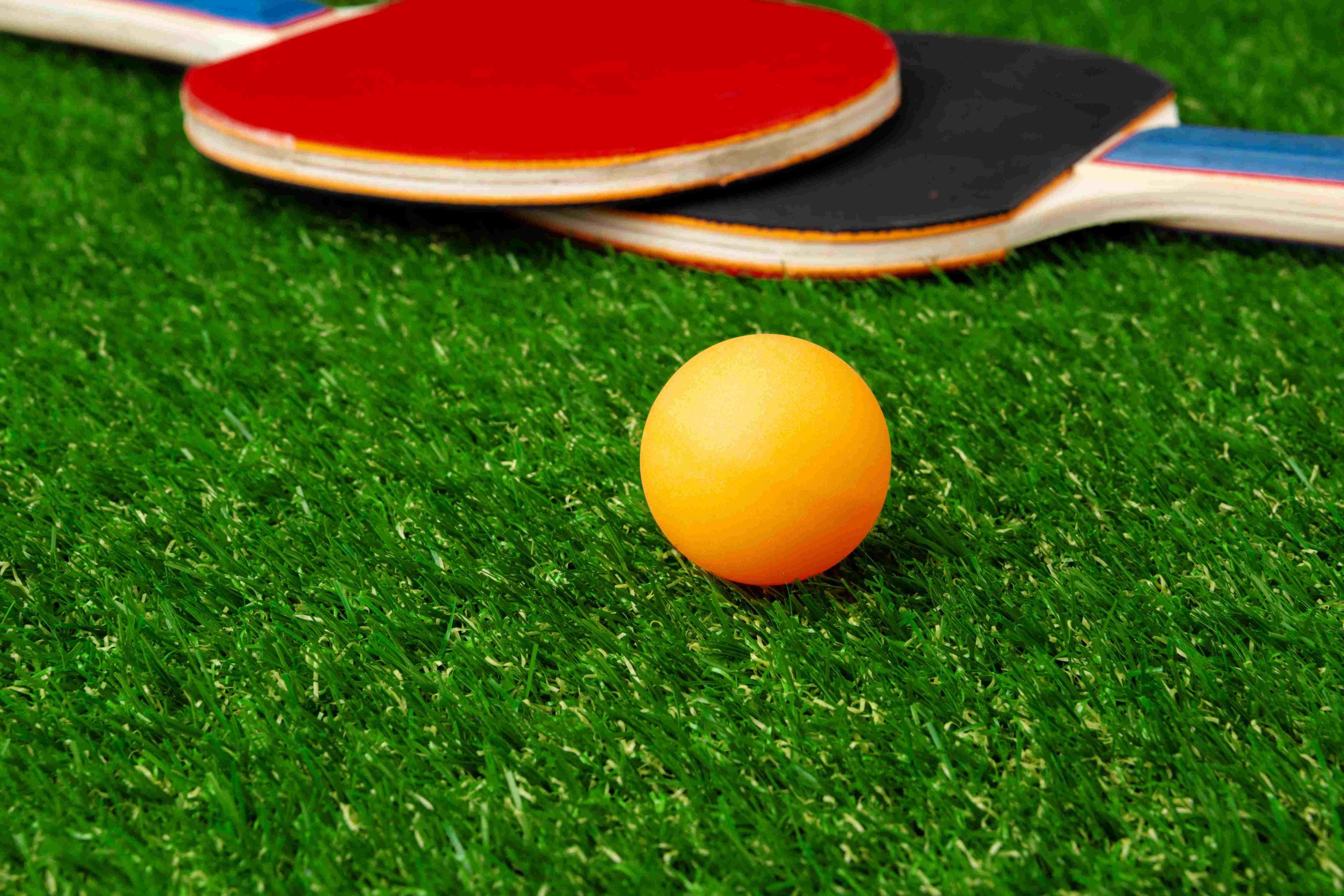From Parlor Game to Global Phenomenon: The History of Ping Pong
Table tennis, also referred to as Ping Pong to many people around the world, is a sport that has won the attention of millions across the globe. Since its beginnings in the form of a prank game in England in the latter part of the 19th century, through its evolution into an Olympic sport, ping-pong has a fascinating and rich story. In this article, we’ll travel through the ages to trace the development of this adored sport beginning with its beginnings and ending with its present-day popularity.
The Origin of Ping Pong: A Game for Gentlemen
The earliest traces of ping-pong can be traced to the latter part of the 1800s in England and was initially used as a recreational activity for upper-class people. The game was referred to as “whiff-whaff”. It was played with a basic set of equipment like a light celluloid ball as well as paddles made of cork or parchment. The initial variation of the game took place on an improvised table, which was usually an eating table, with books in the position of a net.
In 1901, English manufacturer James Gibb patented the game under the name “Gossima,”.The following year the firm J. Jaques & Son Ltd began selling the game under the brand name “Ping-Pong.” This was the start commercialization of this sport, and the word “Ping Pong” quickly became a popular term for the game.
When Ping Pong gained popularity, the equipment and rules of the game changed. The ball became more light and more bouncier, while the paddles got more sophisticated, allowing more control and accuracy. The net was also uniform, and the sport took place on a standard-sized table. In 1926, the International Table Tennis Federation (ITTF) was founded, establishing standards and guidelines for the sport, and also paving pathways for future international tournaments.
The first Table Tennis Championships in the world were held in London in 1926. During this time, the sport quickly gained popularity as legitimate and competitive. The initial competitions were dominated by English and Hungarian players, who swiftly established themselves as top athletes in the game. In the years following the game was able to continue to gain popularity, expanding to other nations and gaining an international following.
The Golden Age of Ping Pong
The 1950s and the 1960s are commonly described as the “Golden Era” of Ping-Pong when the sport climbed new heights of fame and significance in the world of culture. In this period it was not just a competition game, but also a leisure game enjoyed by millions of players around the globe. The sport was also appreciated by the media, with a variety of events being telecast and broadcast to a large public.
At this time Ping Pong was also a symbol of diplomacy as leaders and diplomats made use of the sport to build bridges between nations and encourage peace. One of the most well-known examples that illustrates this is “Ping Pong diplomacy” between the United States and China in the 1970s during which the US Ping-Pong team toured China to play against the Chinese nation’s team. The event marked an important turning point in China and US relations and was viewed as a crucial moment in the re-opening of China to the world outside.
Ping Pong’s popularity as a sport that was competitive increased throughout the years that followed. In 1988, the sport was officially recognized to be an Olympic sport. It was the initial Olympic table tennis tournament held during the 1988 Summer Games in Seoul, and it was a huge success attracting a huge crowd and showcasing some of the best players from all over the globe. Since then, Ping-Pong has been a regular part of the Olympic Games, with top athletes competing for the prized gold medal.
Modern Era of Ping Pong is a Game for Everyone
Ping pong is still to flourish and millions of players across the globe enjoying the game at home or their schools, as well as in clubs. It has also evolved to incorporate new technology, including automated ball machines as well as high-tech paddles that make it more accessible and easier than ever. It is growing more diverse, with players of all genders, ages, and races joining and playing at the highest level.
A Game for the Ages
Ping Pong’s story is one of change and development, from its beginnings in the form of a quaint game for the upper class to its present popularity as a game played by millions of people across the globe. It doesn’t matter if it’s played to win or just for fun, Ping-Pong is still awe-inspiring and captivating players of all ages by bringing people closer and encouraging a sense of community.
In the end, the intriguing story of Ping Pong’s history is a testimony to the long-lasting appeal of this beloved game. From its beginnings to the current craze it has won the imagination and hearts of players from all over the world and is likely to remain for a long time in the future. Once you know how the game developed and where it came from, you can begin to build your Ping-Pong legacy using the world-renowned STIGA Table tennis apparatus.
